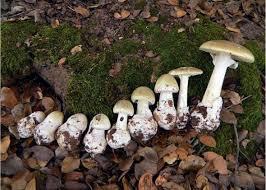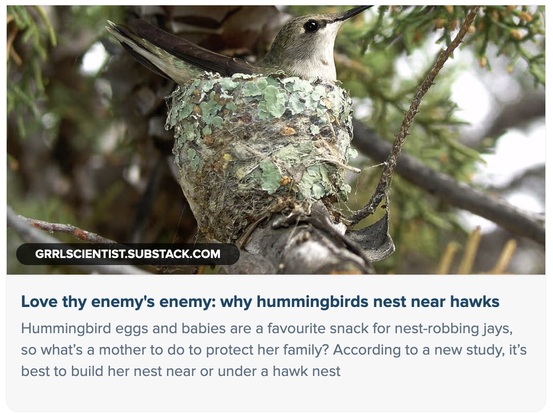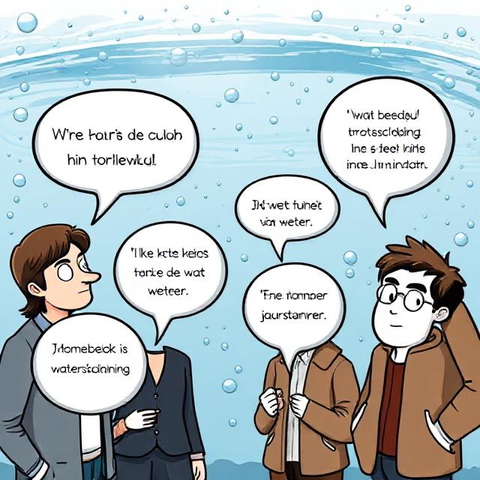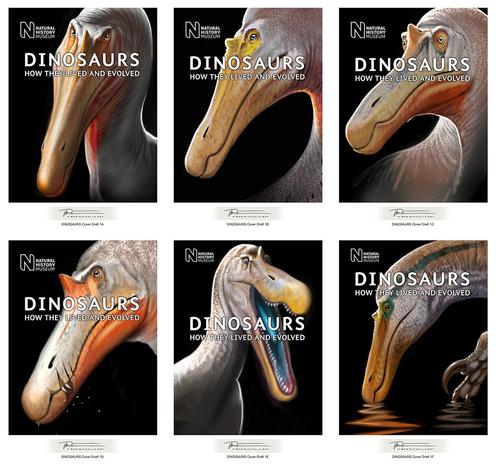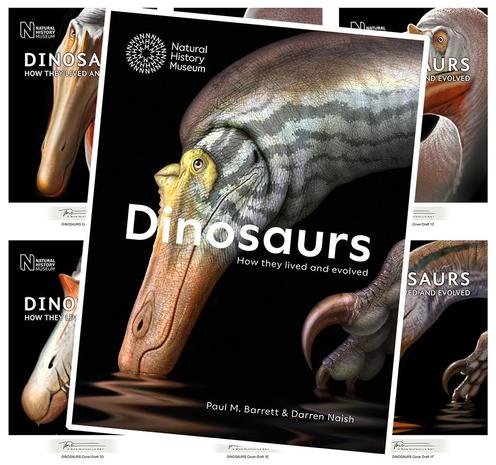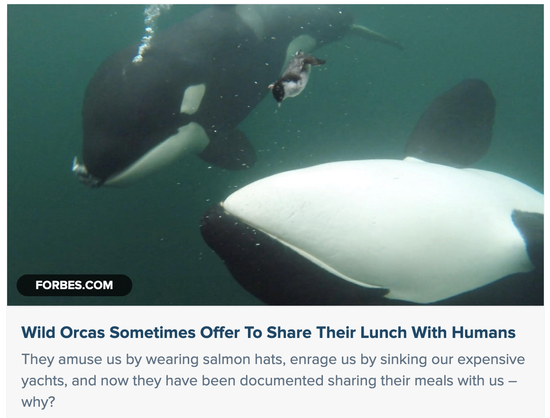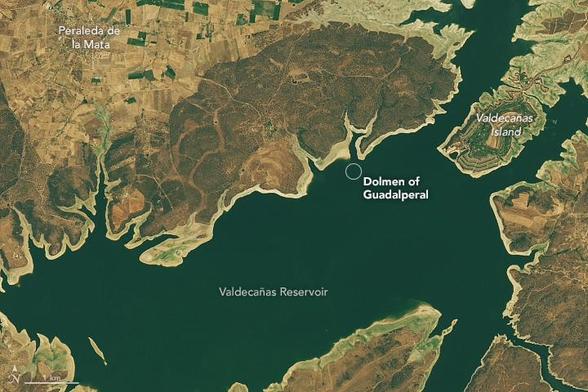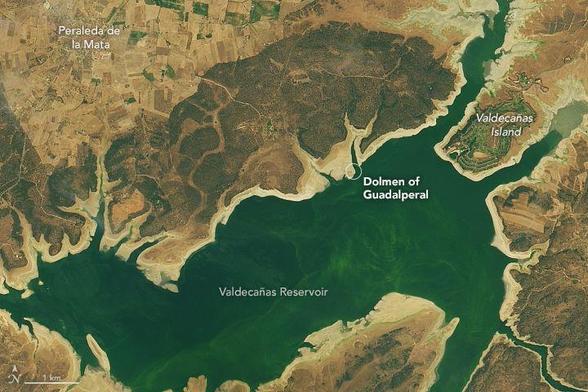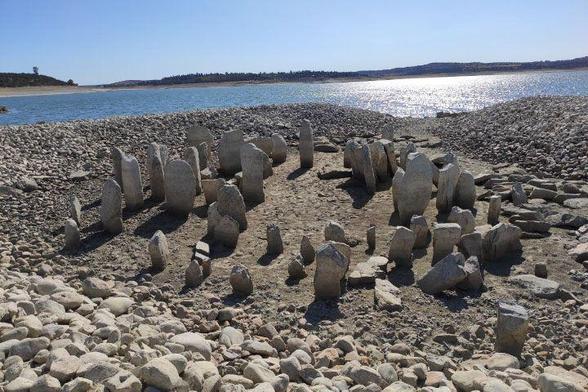Many of the stars in our Milky Way are part of binary systems. A good percentage of these systems are composed of two stars that orbit each other at a certain distance, but there are other binaries where both of the stars are so close that we can say they almost touch each other. These systems are known as semi-detached close binaries.
Normally, these binaries are comprised of a white dwarf star and its companion, which can be a main-sequence star, a red giant, or, sometimes, a brown dwarf. The thing is that in these systems, the white dwarf literally steals mass from its companion. However, the stolen material does not go directly to the white dwarf; first, it is gathered around it, forming an accretion disk that swirls around the white dwarf. And it is precisely the existence of an accretion disk that makes these systems so interesting, because of it, they tend to explode.
The first examples of explosions in these systems that come to my mind right now are the very famous Type 1a supernovae, classical novae, and dwarf novae. In this thread, I am going to write about the latter. And the main reason for this is that I had the opportunity to collaborate on a paper that studies a very peculiar dwarf nova star, which was recently published in the prestigious scientific journal Astronomy & Astrophysics.
Dwarf novae feature recurring outbursts. By “outburst” here, the reader should understand that we astronomers, amateur and professional, refer to “explosions”. In the case of these types of stars, the explosion occurs when the system loses angular momentum, resulting in an increase in its accretion rate, which in turn causes their temperature and viscosity to rise.
Some systems, after they reach their lowest angular momentum –i.e., when their orbital period is around 78 minutes– bounce back and start to slowly regain angular momentum. These systems are known as “period bouncers”. Well, it turns out that the paper in which I participated studies a dwarf nova, which was actually seen in action by several citizen scientists (!), that also happens to be a period bouncer. The star is question is known as GOTO065054+593624, or GOTO0650 for short. The paper, led by Dr. Thomas Killestein, GOTO065054+593624: An 8.5 mag amplitude dwarf nova identified in real time via Kilonova Seekers, can be found in the following link: https://tinyurl.com/GOTO0650. 1/2
#scicomm #astronomy #astrophysics #novae #variablestars #science #citizenscience
